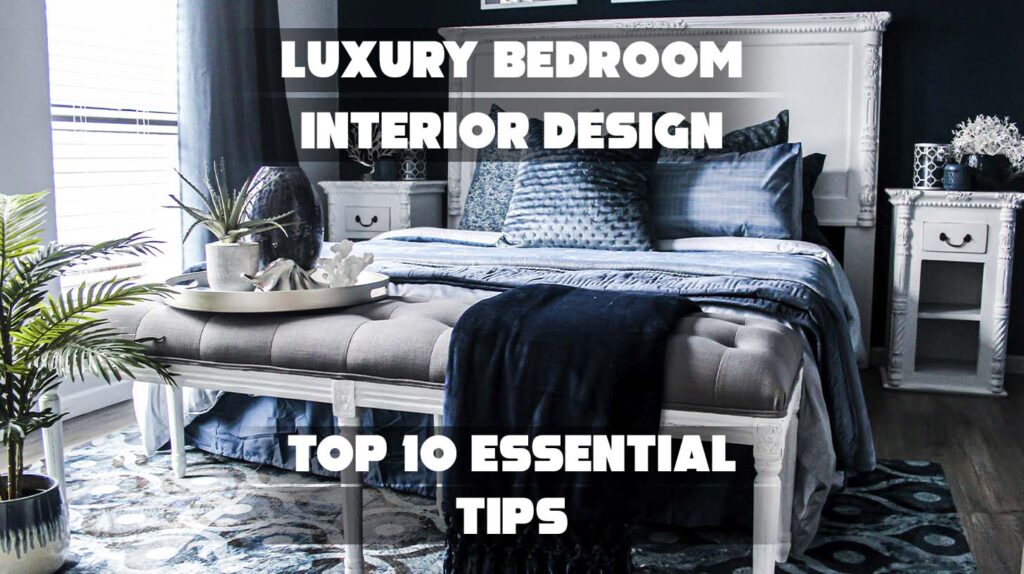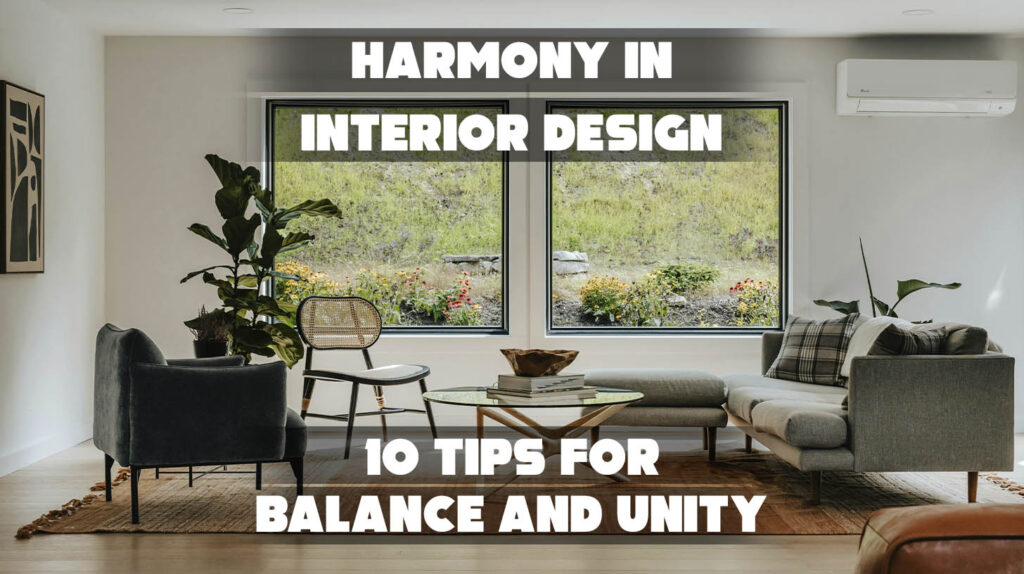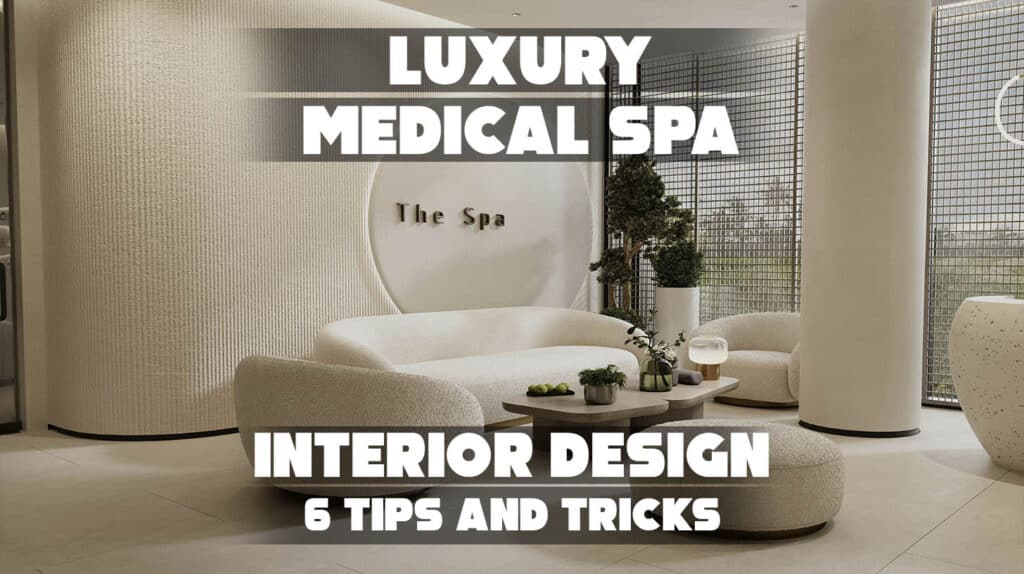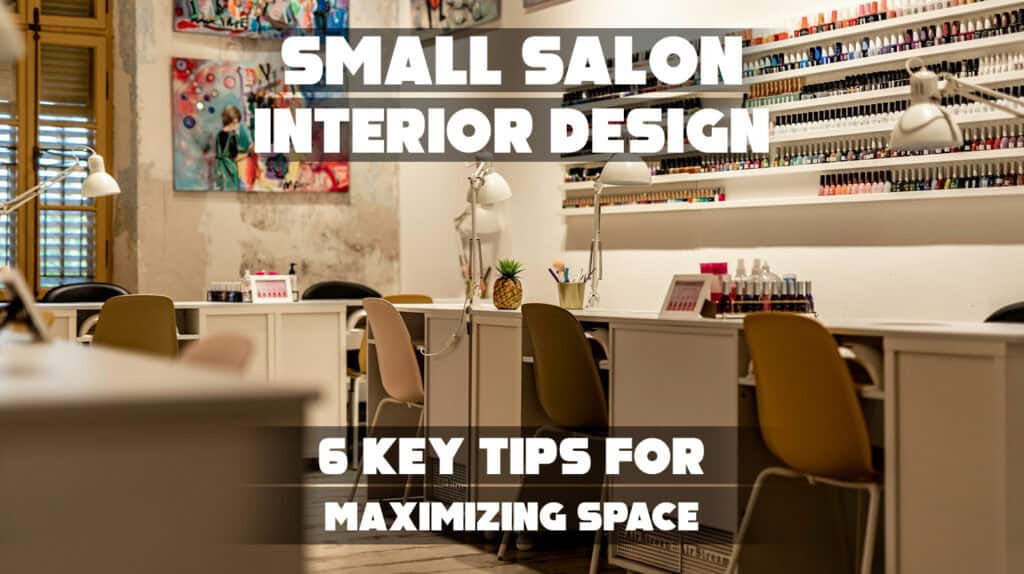Struggling to create a home that feels both inviting and stylish? You’re not alone. Many homeowners crave a space that reflects their personality while remaining functional and uncluttered.
If you’ve ever felt overwhelmed by clutter or unsure how to blend comfort with modern design, this guide is for you.
With years of design insight, we’re here to help you transform your space using Modern Western interior design—a style that balances rugged charm with contemporary simplicity.
Here’s what we’ll explore:
- Minimalism and functionality
- Open-space concepts
- Natural materials and textures
- Warm, neutral color palettes
- Western-inspired décor and lighting
Keep reading to discover how to bring a sense of calm, character, and cohesion into your home—without sacrificing practicality or style.
- 1. Key Principles of Modern Western Interior Design
- 2. Signature Materials and Finishes of Modern Western Interior Design
- 3. Furniture and Décor Elements of Modern Western Interior Design
- 4. Lighting and Ambiance of Modern Western Interior Design
- 5. Incorporating Regional Influences
- Modern Western Interior Design: A Recap
- FAQ
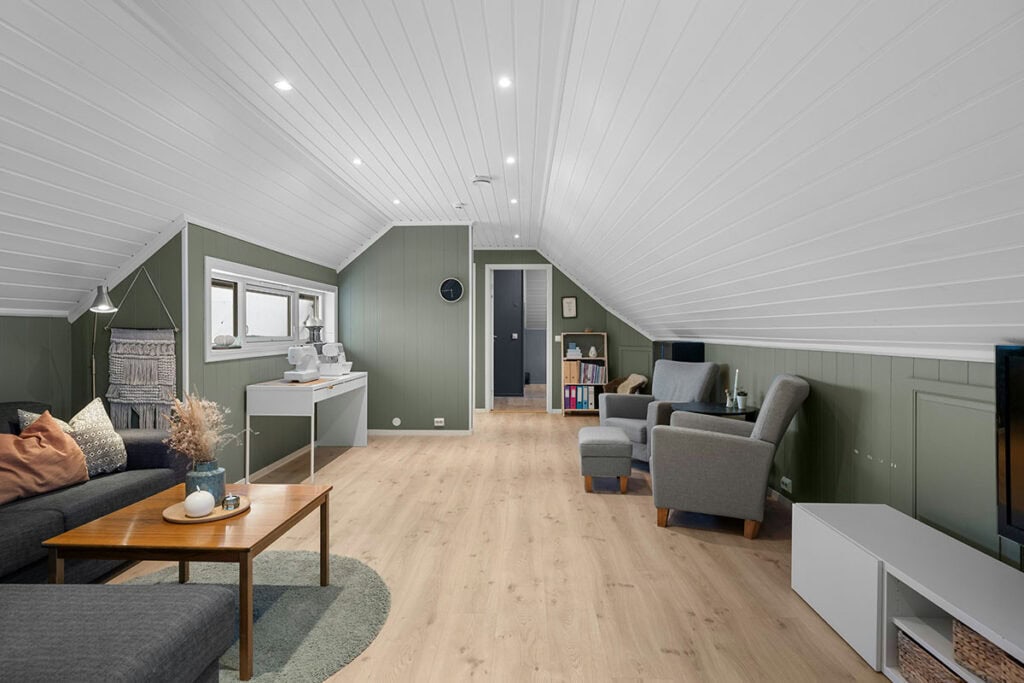
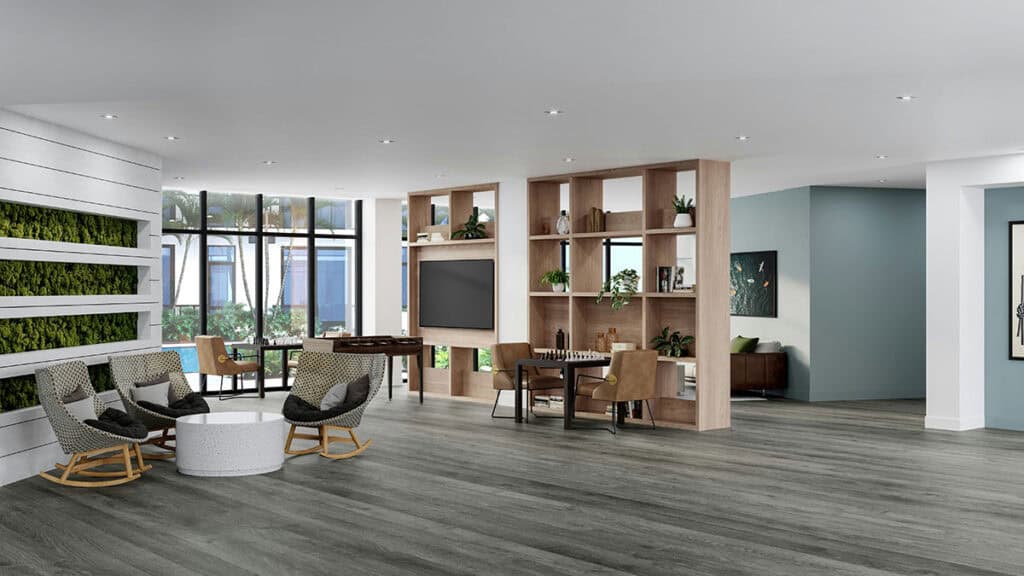
1. Key Principles of Modern Western Interior Design
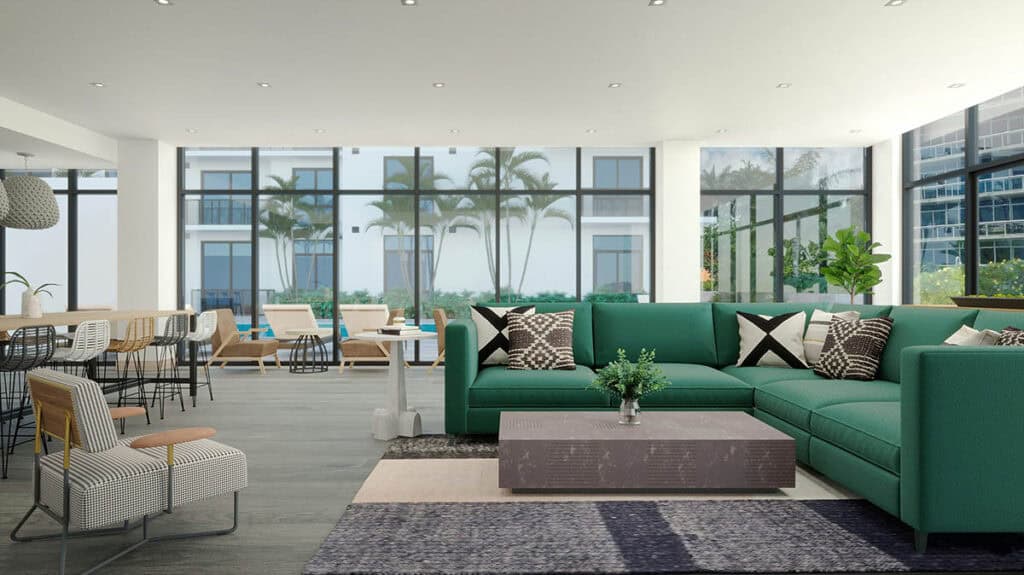
Modern Western interior design balances simplicity with warmth, emphasizing practical layouts and subdued color schemes. This style combines traditional Western elements with contemporary touches to create spaces that feel both inviting and uncluttered.
Minimalism and Functionality
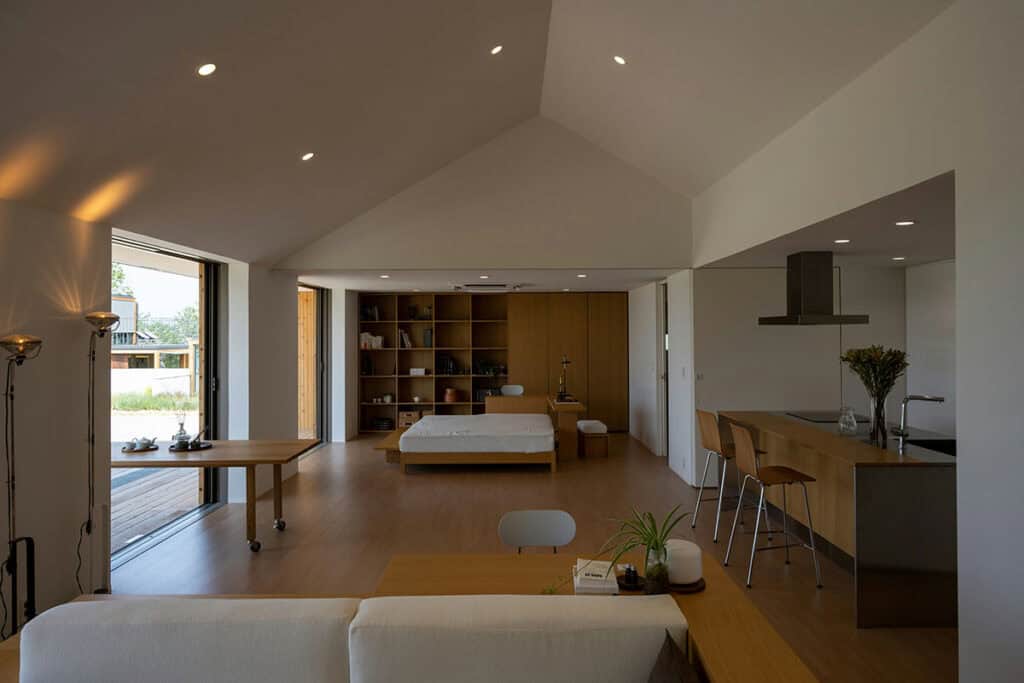
Modern Western design prioritizes minimalism, focusing on clean lines and purposeful furnishings. Interior designers often select pieces that serve multiple functions or provide storage without overwhelming the space.
For example, a sturdy wooden coffee table might incorporate hidden compartments, blending rustic Western materials with practical use.
This approach avoids excessive decoration, favoring well-crafted items like leather sofas or metal light fixtures that reflect traditional Western art and craftsmanship. The goal is efficiency paired with authenticity, ensuring the room maintains a stronger Western vibe without feeling dated or cluttered.
Open Space Concepts
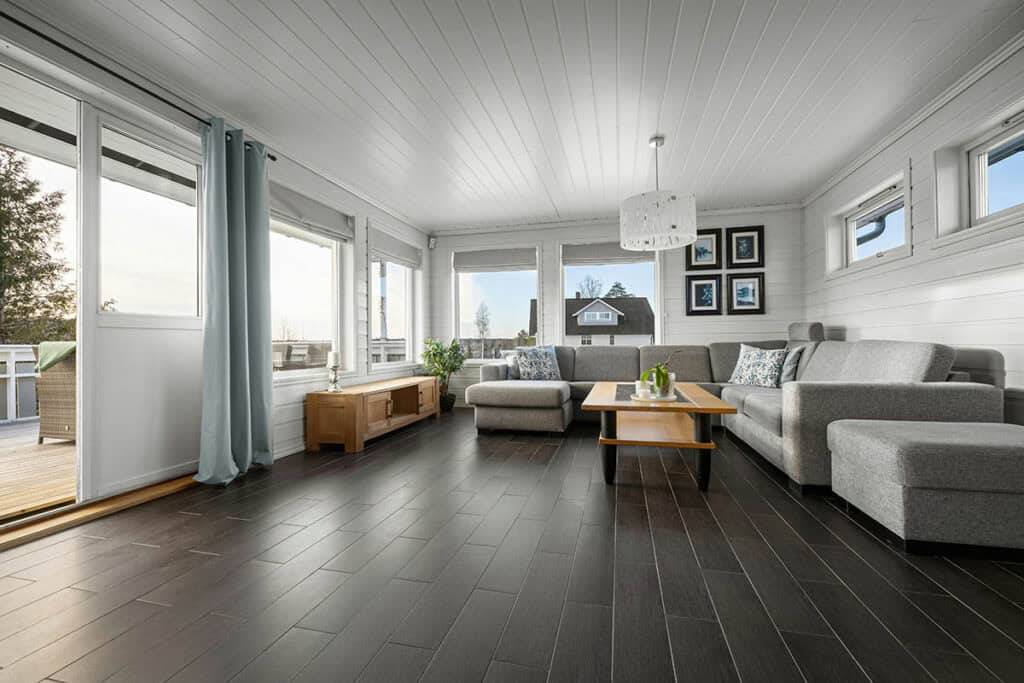
Open floor plans are essential to modern Western interiors. Removing unnecessary walls creates a sense of flow and enhances natural light, which is valued in this style for its connection to Western landscapes.
The openness allows for larger western-inspired furnishings, such as wide leather chairs or reclaimed wood dining tables, to stand out. It also supports social interaction and adapts to various activities, making spaces versatile. This design choice reflects the expansive feeling associated with the traditional Western lifestyle.
Neutral Color Palettes
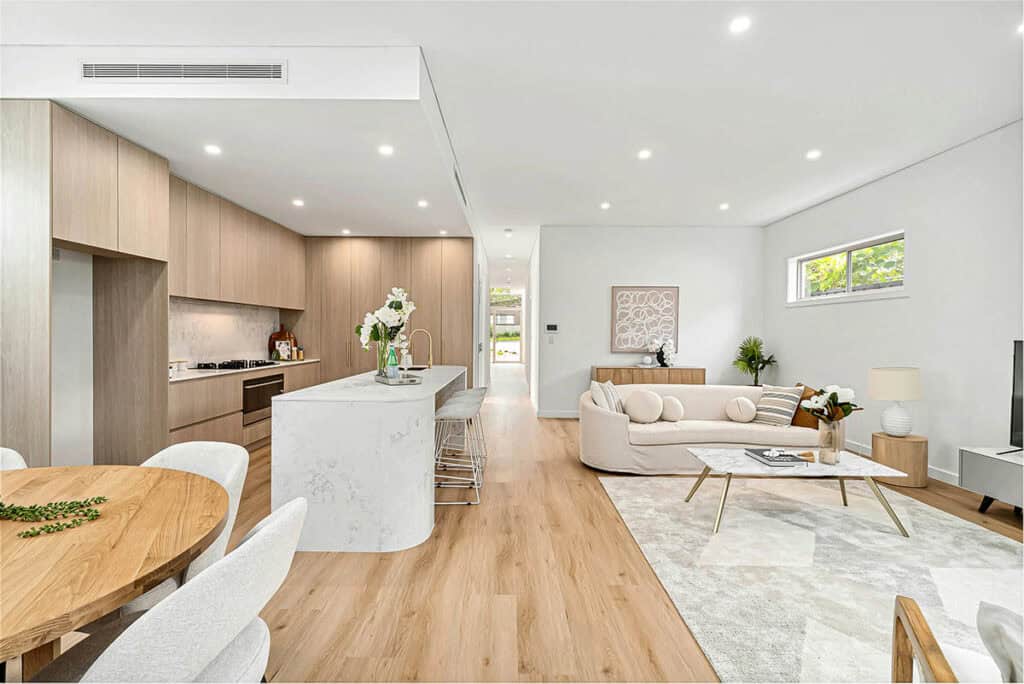
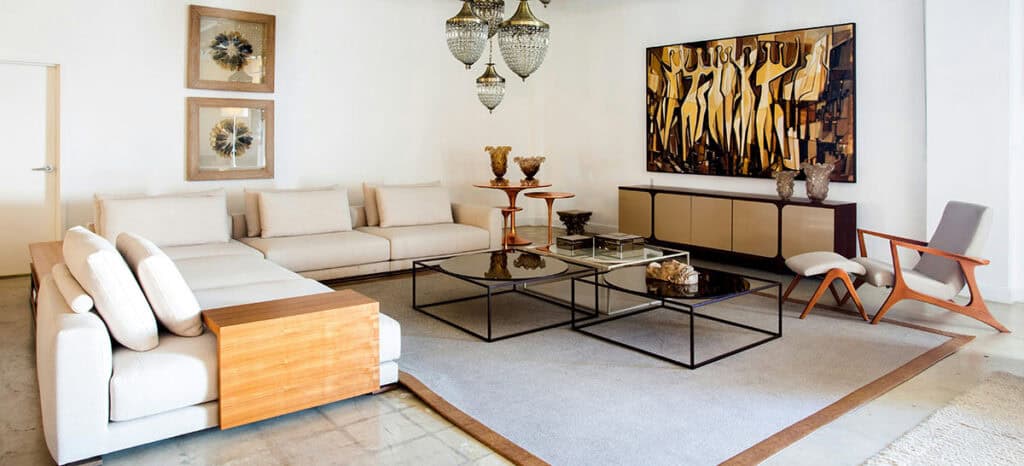
Neutral colors dominate modern Western interiors, often combining warm earth tones with cooler hues for balance. Shades like taupe, beige, gray, and muted greens help create calm, inviting atmospheres without detracting from key design elements.
Interior designers recommend layering these colors with texture—suede cushions, woven rugs, or distressed wood—to add depth while keeping the palette subtle. This combination honors Western tradition yet remains fresh and adaptable, forming the foundation for a style that integrates both old and new tastes effectively.
2. Signature Materials and Finishes of Modern Western Interior Design
Modern Western interiors rely on a carefully chosen mix of materials that balance ruggedness with refinement. These materials not only highlight natural elements but also introduce texture and contrast to strengthen the overall style.
Natural Wood and Stone

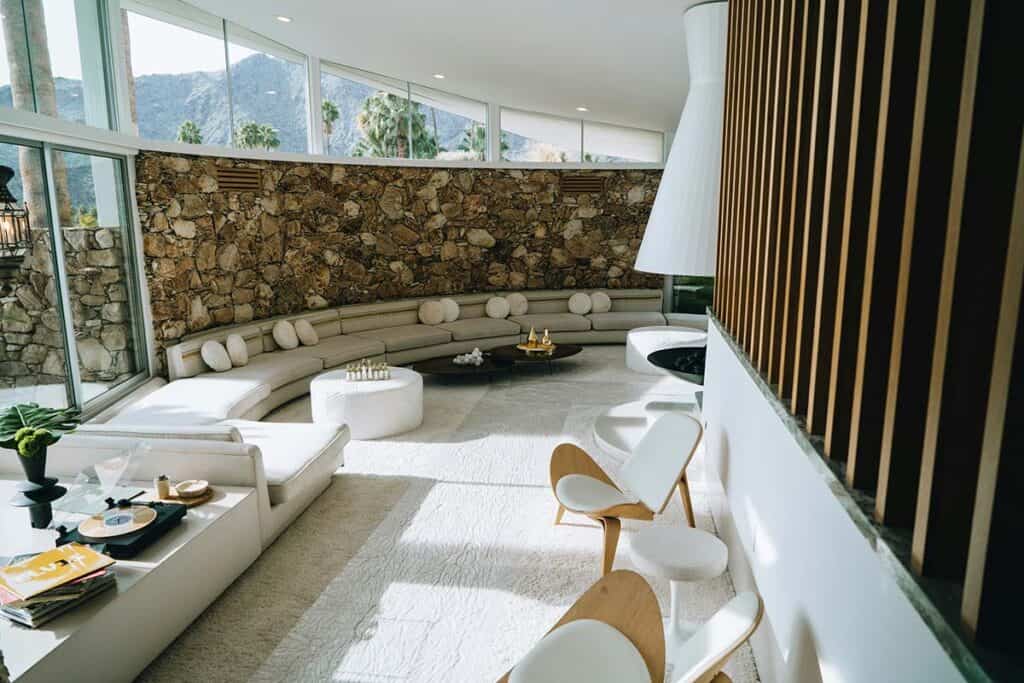
Natural wood is a cornerstone of Western interior design, valued for its warmth and authenticity. Interior designers often select reclaimed or distressed wood for flooring, ceiling beams, and furniture to echo traditional Western themes. The grain and texture of wood help create a sense of history and craftsmanship.
Stone is another essential material, commonly used in fireplaces, accent walls, and flooring. Popular choices include sandstone, slate, and river rock, which bring earthy tones and rugged textures into the space. These elements support a stronger Western vibe while maintaining durability and appeal in modern Western homes.
Metal and Glass Accents
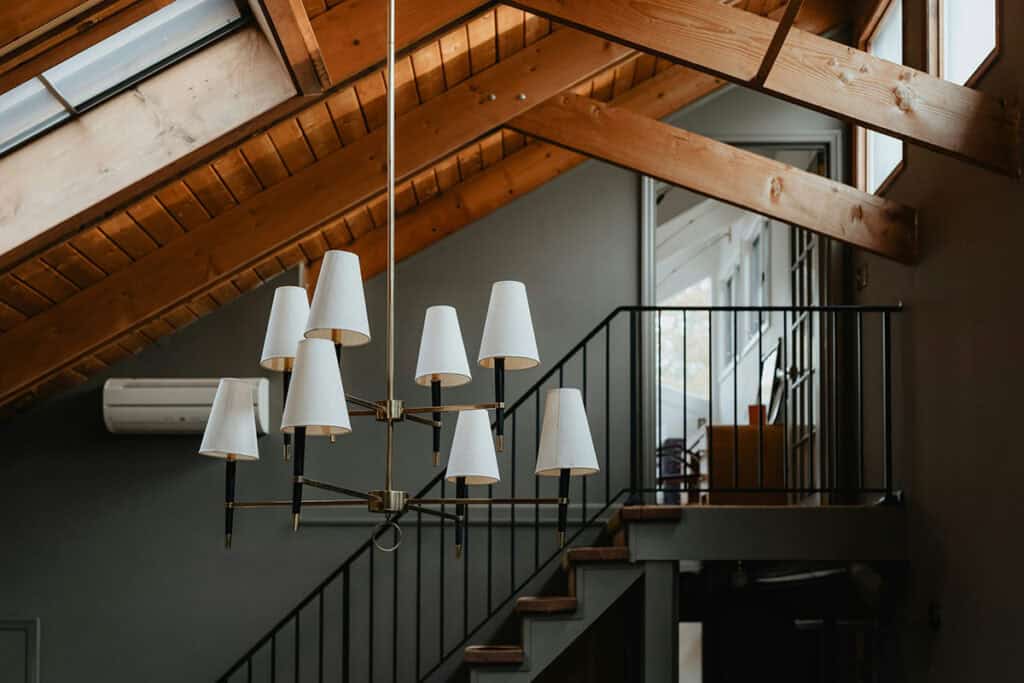
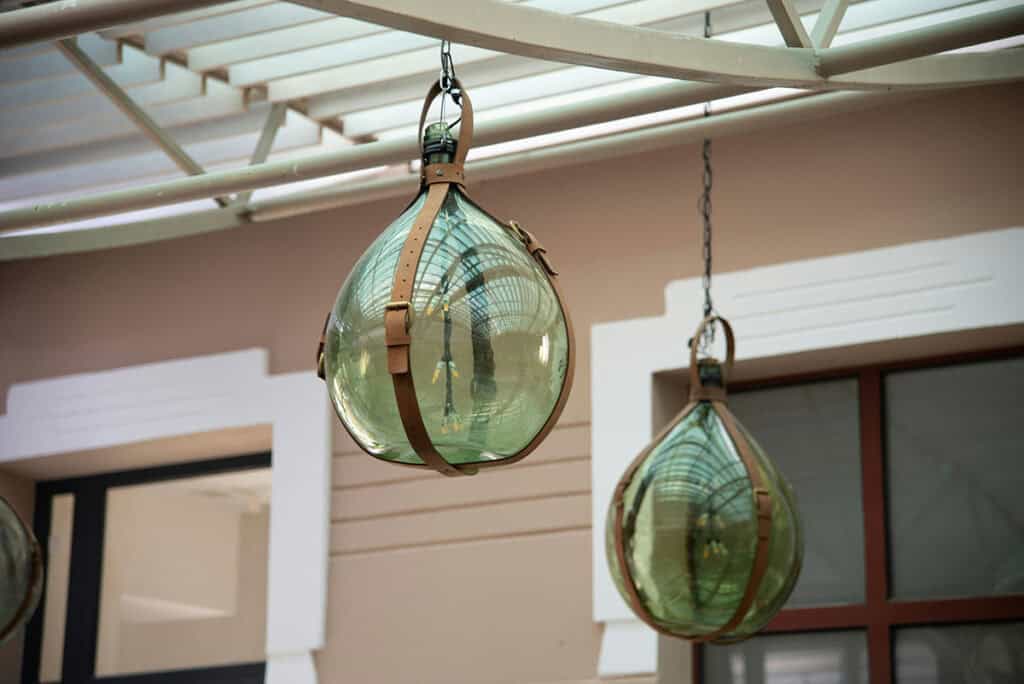
Metal finishes add a layer of sophistication within Western interiors. Designers prefer aged or matte metals such as wrought iron, bronze, and copper. These metals often appear in lighting fixtures, cabinet hardware, and decorative accents, providing contrast against natural wood and stone.
Glass is used sparingly but purposefully to keep the design fresh and balanced. Clear or frosted glass in windows, cabinet doors, and side tables introduces lightness without sacrificing the organic feel.
The combination of metal and glass enhances the modern Western aesthetic by blending rustic and contemporary elements.
Organic Textures

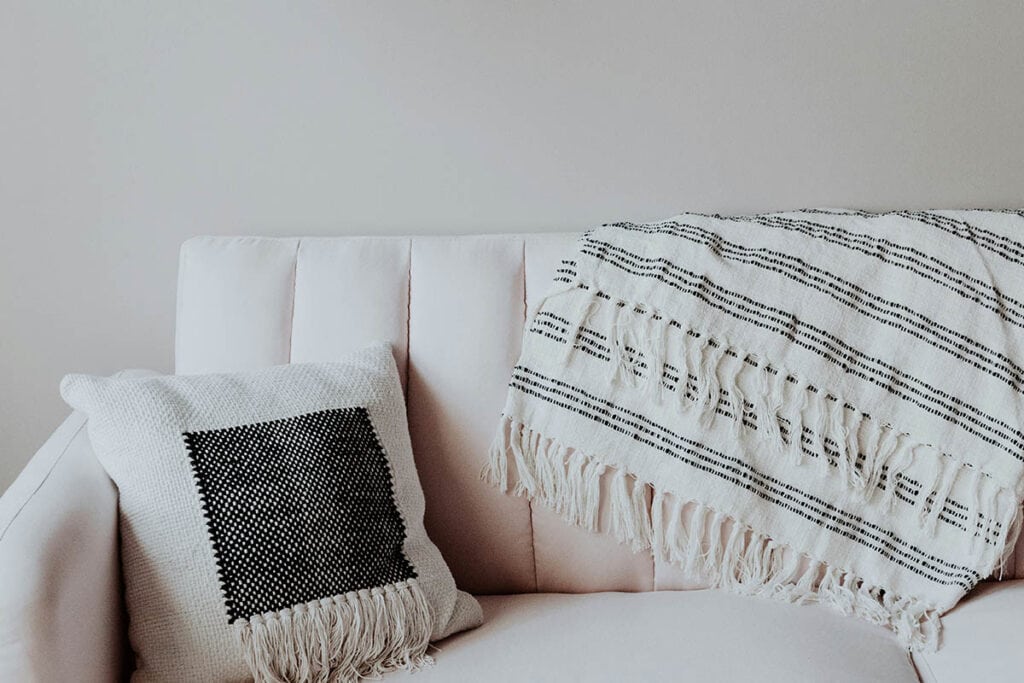
Textiles and soft materials play a key role in achieving warmth and depth in Western interiors. Layering mismatched prints, patterns, and textiles creates visual interest and comfort. Common fabrics include leather, wool, cotton, and linen, each contributing unique tactile qualities.
Rugs, throws, and pillows often feature geometric patterns or earthy tones like browns, greens, and muted blues, reinforcing the color palette typical in Western designs. These organic textures help soften the harder materials and complete the inviting, lived-in look essential to modern Western style.
3. Furniture and Décor Elements of Modern Western Interior Design
Modern Western interior design combines rugged textures with sleek finishes to create spaces that feel both authentic and updated. Its furniture and décor emphasize natural materials, tactile comfort, and bold artistic touches. Each element plays a role in balancing rustic tradition with contemporary style.
Contemporary Western Furniture Styles

Furniture in modern Western interiors often features clean lines paired with traditional materials. Distressed leather sofas and armchairs provide a worn-in, comfortable look while maintaining a sophisticated edge. Wood pieces typically use reclaimed or rough-hewn timber, emphasizing natural grain and texture.
Designers favor sturdy, low-profile silhouettes that contrast with heavy, ornate Western furniture of the past. Metal accents, such as iron legs or hardware, add a modern industrial element without losing the warmth of wood and leather. Custom pieces blending these materials are common in stronger Western vibe interiors.
Layered Textiles and Rugs
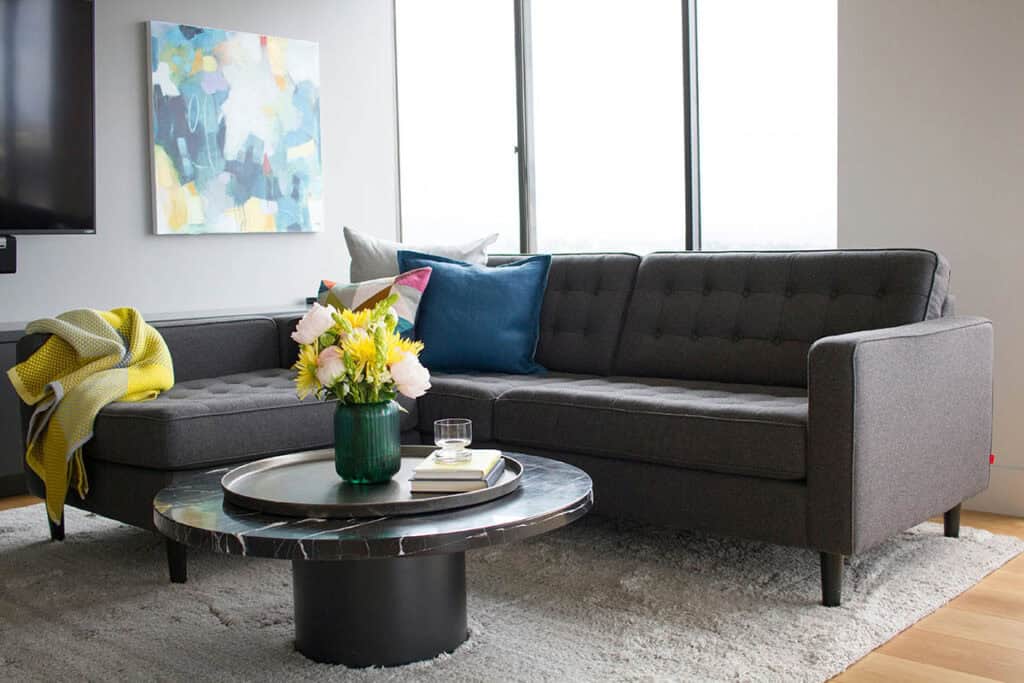
Textiles add warmth and depth to Western interiors. Layered blankets, throws, and pillows often use materials like wool, cotton, and leather in neutral or earth tones. Patterns such as plaids, stripes, and southwestern motifs bring subtle visual interest without overwhelming the space.
Area rugs are typically woven with traditional designs, grounding rooms with texture and color. Natural fibers like jute or cowhide rugs highlight rustic appeal while maintaining durability. Combining softer textiles on solid furniture enhances comfort and invites relaxation.
Art and Statement Pieces
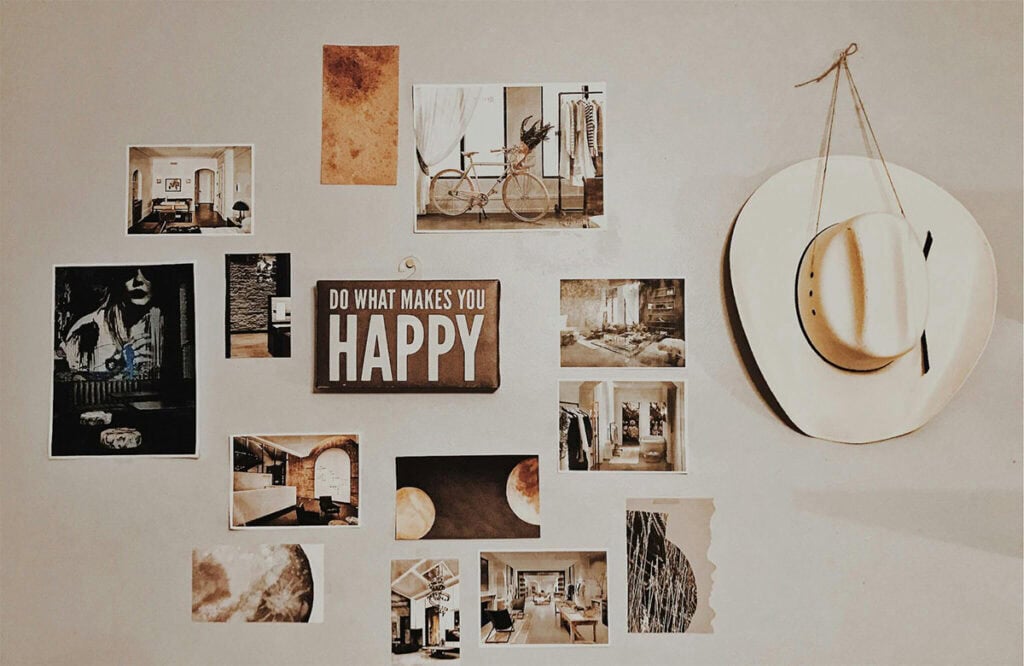
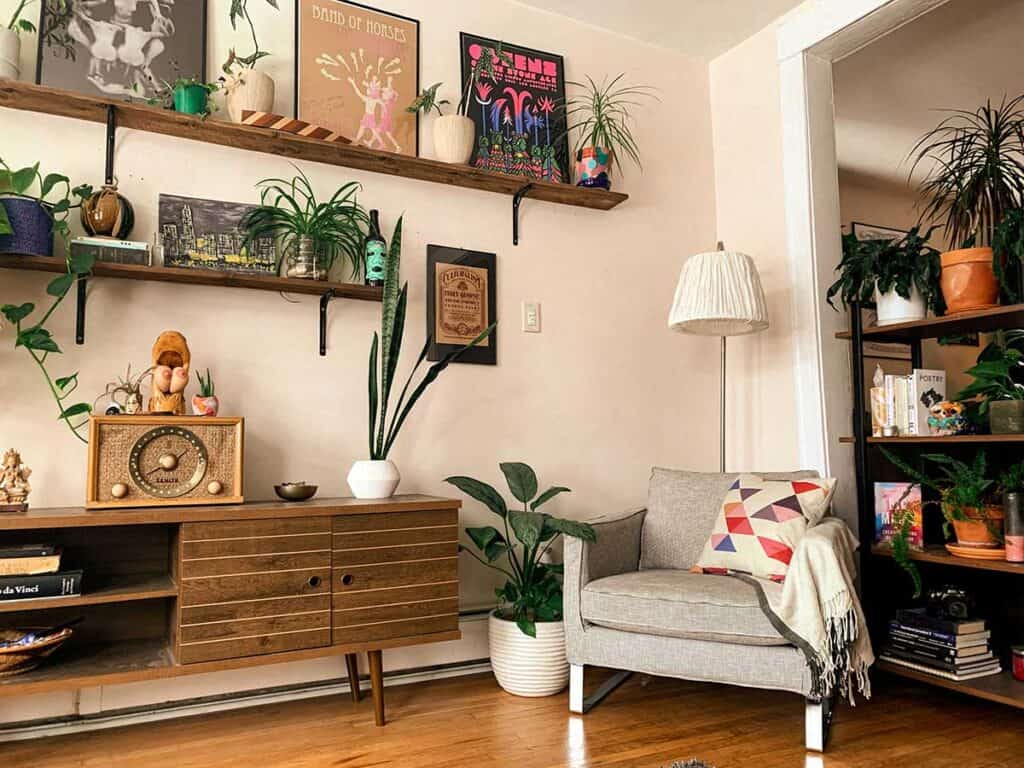
Art plays a key role in defining Western interiors. Pieces often reflect landscapes, wildlife, or cultural heritage connected to the American West. Contemporary artwork with bold colors or abstract forms can update traditional motifs for a modern twist.
Statement décor includes large metal sculptures, vintage ranch tools, or handcrafted wooden signs. These objects provide focal points that emphasize authenticity without cluttering the space. Interior designers use selective, meaningful accents to evoke a strong Western style while supporting overall balance.
4. Lighting and Ambiance of Modern Western Interior Design
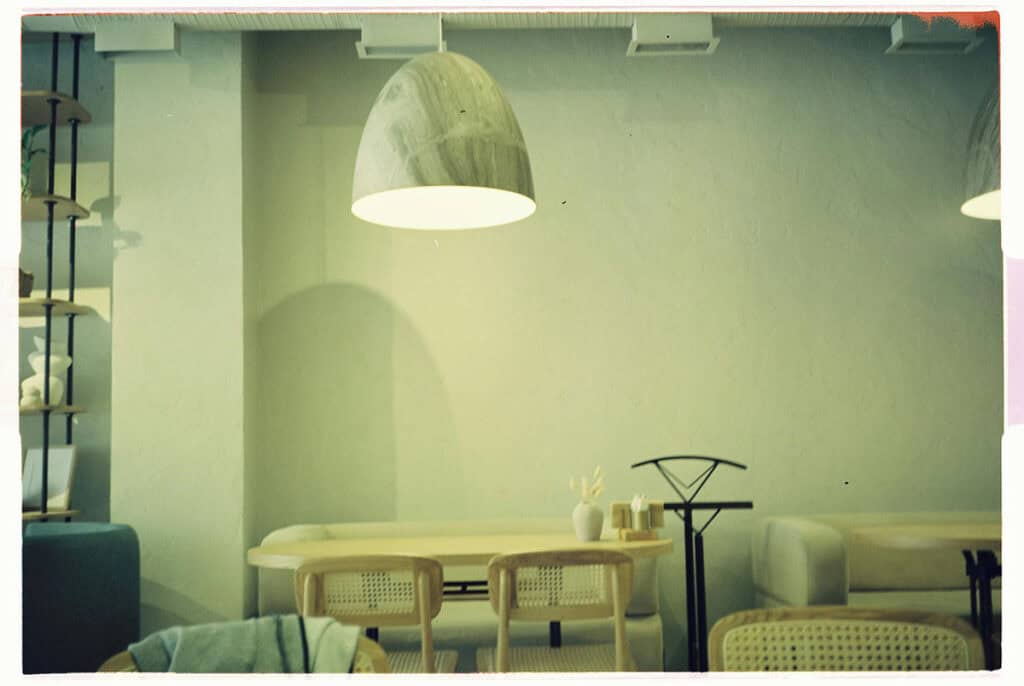
Creating the right atmosphere in modern western interiors depends heavily on both natural and artificial lighting. Balancing light sources ensures spaces feel inviting while highlighting key materials and textures typical of western style.
Natural Light Optimization
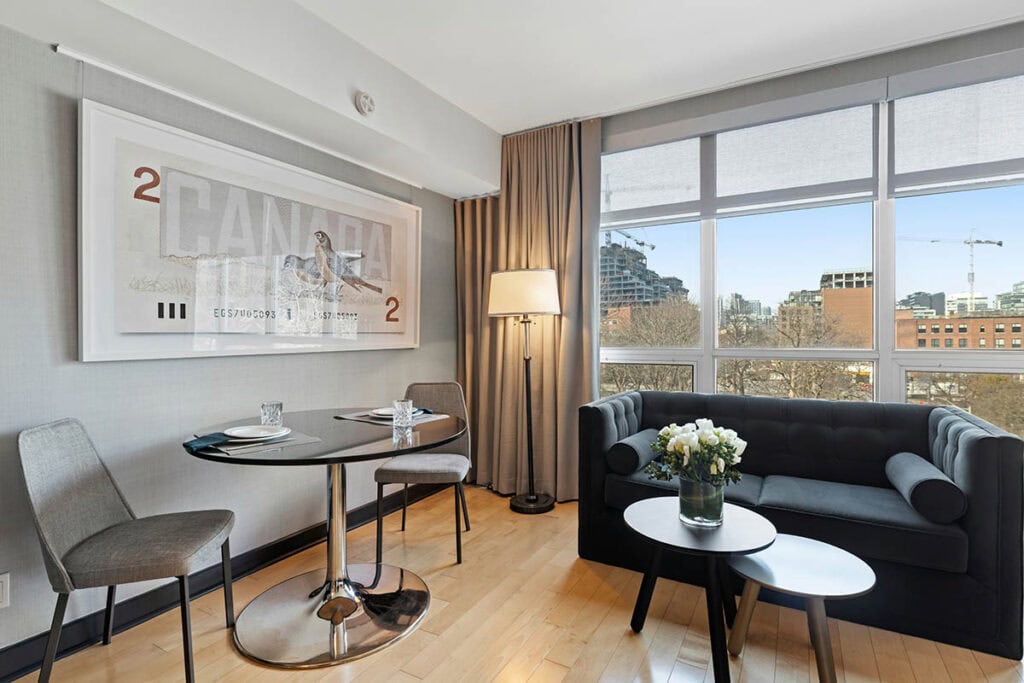
Maximizing natural light is essential to enhance the authentic feel of western interiors. Interior designers recommend large windows, often framed with wood or iron, to let in ample sunlight, emphasizing natural materials like leather, rawhide, and wood.
Using sheer or lightly textured window treatments allows daylight to diffuse softly, reducing harsh shadows while preserving privacy. Skylights or clerestory windows also boost light flow in rooms with high ceilings, common in western homes.
To maintain a stronger western vibe, natural light should spotlight rustic features without overpowering luxurious fabrics or darker accents frequently found in contemporary western design.
Modern Western Lighting Fixtures
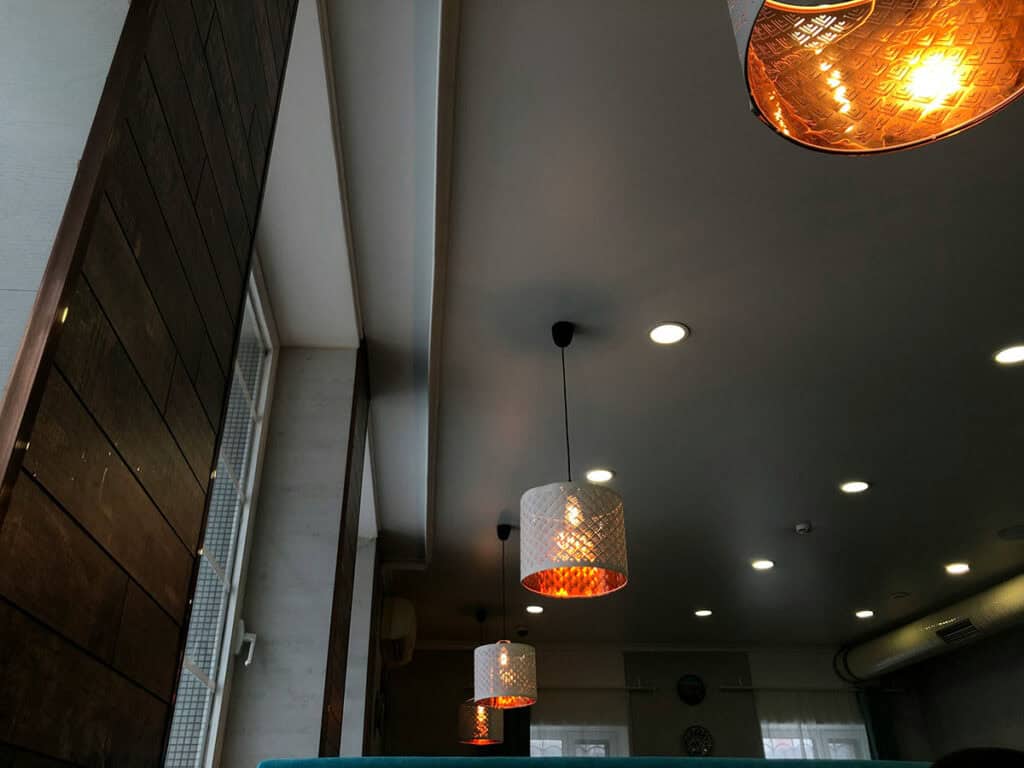
Lighting fixtures in modern western design combine rugged charm with refined details. Popular choices include iron chandeliers, lantern-style sconces, and lamps with leather or rawhide shades.
These fixtures mix traditional western design elements with clean, modern lines to avoid appearing outdated. Black or bronze metals often dominate, complementing wood and stone textures.
Task and accent lighting play important roles, with adjustable fixtures allowing control over ambiance. Layered lighting—from ceiling mounts to table lamps—helps showcase interior design features while maintaining warmth and functionality.
For a contemporary touch within western interiors, lighting can incorporate subtle vintage Americana influences blended with minimalist shapes, enhancing the space’s overall character without distracting from its core materials.
5. Incorporating Regional Influences
Regional influences bring distinct character and authenticity to modern Western interiors. Specific motifs and design elements create a connection to the landscape and cultural history, enhancing the space’s purpose and style.
Southwestern Motifs
Southwestern motifs often feature geometric patterns inspired by Native American textiles and pottery. These include bold shapes like diamonds, zigzags, and stepped designs, typically in earthy tones such as terracotta, adobe, and turquoise.
Materials play a significant role, with natural elements like leather, woven fabrics, and rustic wood emphasized. Clean lines are maintained by balancing these traditional patterns with simple, uncluttered furniture to avoid overcrowding the space.
Art inspired by southwestern culture frequently includes handcrafted ceramics and wall hangings that add texture without overwhelming the room. The result blends cultural authenticity with modern minimalism, offering a cohesive yet vibrant style.
Cowboy and Ranch Elements
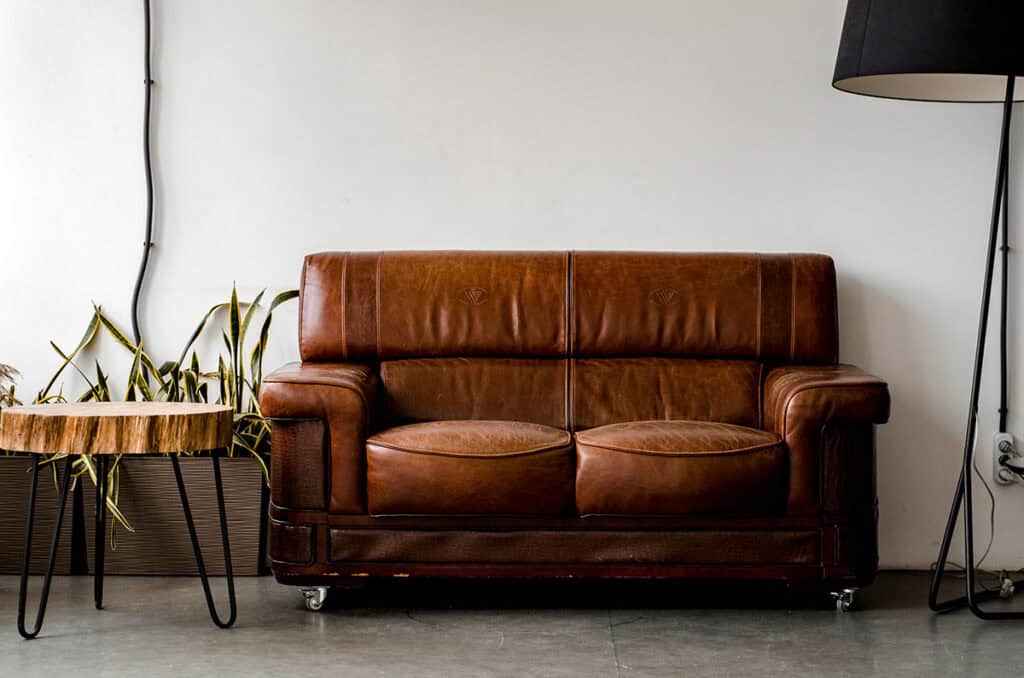
Cowboy and ranch elements draw from practical items like saddles, ropes, and wrought iron, turned into decorative accents. Leather furniture, especially in deep browns, anchors the living areas with durability and rugged charm.
Rustic wooden beams and metal fixtures maintain clean structural lines while highlighting craftsmanship. Artworks commonly feature Western landscapes, horses, or cattle, reinforcing the pioneer spirit without appearing kitsch.
Incorporating textiles like plaid or denim subtly integrates cowboy inspiration without distracting from the overall modern style. This approach balances heritage with refined simplicity, keeping the design polished and inviting.
Modern Western Interior Design: A Recap
Modern Western interior design masterfully blends rustic tradition with contemporary sensibilities, creating spaces that are both functional and full of character. Through clean lines, open layouts, and a muted yet layered color palette, it emphasizes warmth, simplicity, and a strong connection to natural materials.
Signature elements like reclaimed wood, leather, stone, and metal offer depth and authenticity, while regional motifs and purposeful lighting ensure each space feels rooted in Western heritage yet refreshingly modern.
The result is a timeless, versatile aesthetic that honors the spirit of the American West while embracing the demands and tastes of contemporary living.




